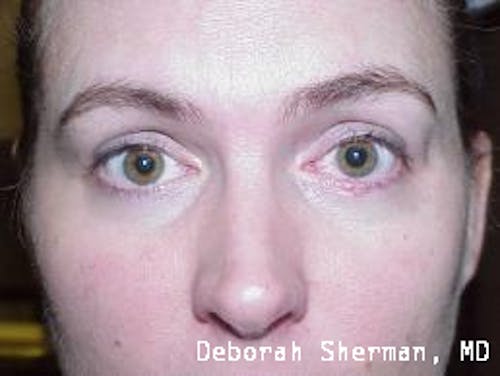See the eyelid expert in Nashville, TN, for a thorough examination of your eyelid tumor to assess the possibility of skin cancer.
What Is an Eyelid Tumor?
A tumor is an abnormal tissue growth that can be benign or malignant. Benign tumors typically remain localized, whereas malignant tumors often spread into surrounding areas. Eyelid tumors can affect any part of the eye, including the orbital (eye socket), eyeball, eye muscles, optic nerve, fat, and tissues. Sometimes, tumors grow into the eye area, or a tumor may travel to the eyelid from another part of the body. Fortunately, most eyelid tumors are benign. Tumors should be diagnosed immediately, and early treatment is vital in order to prevent possible loss of an eye. Dr. Sherman and Dr. Melson provide treatment for both types of eye tumors: eyelid tumors and orbital (eye socket) tumors. The following information will help to educate you about eyelid tumors and the importance of treatment.














